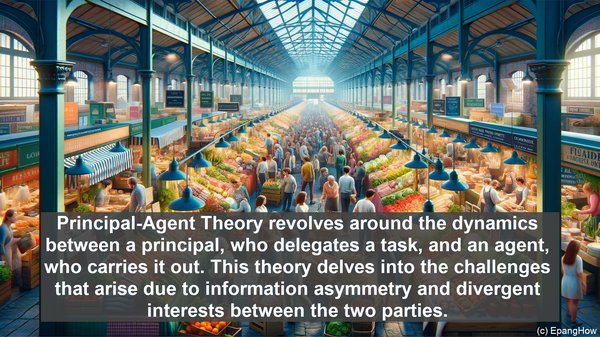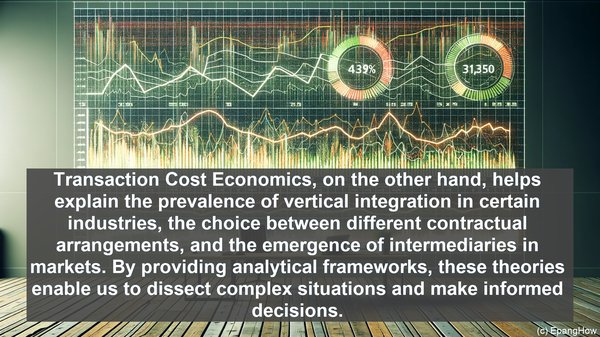Introduction: Unraveling the Complexity
Hello everyone! Economics is a multifaceted field, and within it, we find numerous theories and frameworks that help us make sense of complex interactions. Today, we’ll be exploring two such frameworks: Principal-Agent Theory and Transaction Cost Economics. While they may seem similar at first, they have distinct focuses and applications. So, let’s dive in!
Principal-Agent Theory: The Essence of Relationships
Principal-Agent Theory revolves around the dynamics between a principal, who delegates a task, and an agent, who carries it out. This theory delves into the challenges that arise due to information asymmetry and divergent interests between the two parties. It seeks to design mechanisms that align their objectives and mitigate potential conflicts. For example, in corporate governance, the principal-agent relationship exists between shareholders (the principals) and managers (the agents). Here, the theory helps in devising compensation structures and monitoring mechanisms to ensure managerial actions align with shareholder interests.

Transaction Cost Economics: Understanding the Costs of Exchange
Transaction Cost Economics, on the other hand, focuses on the costs incurred during economic exchanges. It recognizes that beyond the price of a good or service, there are additional costs involved, such as search costs, negotiation costs, and even costs associated with safeguarding against opportunistic behavior. These costs, collectively termed as transaction costs, can significantly impact the efficiency of markets and the choice of organizational structures. For instance, in deciding whether to produce a component in-house or outsource it, firms consider not just the production cost but also the transaction costs associated with external suppliers.
Applications and Real-World Relevance
Both Principal-Agent Theory and Transaction Cost Economics find extensive applications across various domains. Principal-Agent Theory, for instance, is crucial in understanding the dynamics between politicians and voters, doctors and patients, and even landlords and tenants. Transaction Cost Economics, on the other hand, helps explain the prevalence of vertical integration in certain industries, the choice between different contractual arrangements, and the emergence of intermediaries in markets. By providing analytical frameworks, these theories enable us to dissect complex situations and make informed decisions.
Strengths and Limitations: A Balanced Perspective
Like any framework, Principal-Agent Theory and Transaction Cost Economics have their strengths and limitations. Principal-Agent Theory, while insightful, assumes rationality and can be challenging to apply in situations where emotions and social factors come into play. Transaction Cost Economics, with its focus on costs, provides a practical lens but may oversimplify complex social interactions. Recognizing these nuances is crucial to avoid over-reliance on any one framework and to tailor their use based on the context at hand.

